Lawyer worked alone in East Berlin to free American student and pilot from Cold War snare
In the cold sleet of a February morning in 1962, a New York lawyer and Russian KGB spy stood at opposite ends of the elegant Glienicke Bridge, connecting East German Potsdam to West Berlin.
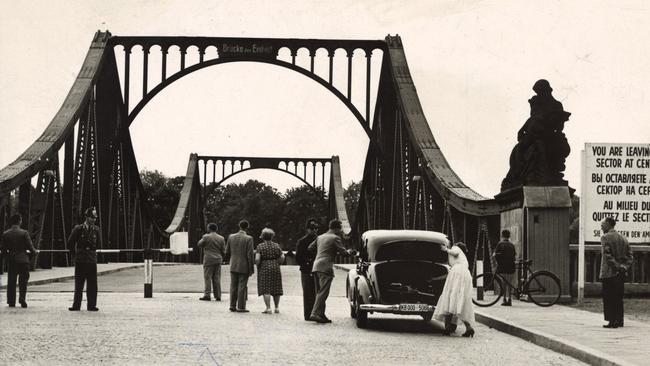
Today in History
Don't miss out on the headlines from Today in History. Followed categories will be added to My News.
In the cold sleet of a February morning in 1962, a New York lawyer and Russian KGB spy stood at opposite ends of the elegant Glienicke Bridge, connecting genteel palaces in Potsdam with sprawling lakeside parks around Berlin’s up-market western suburbs. Named the Bridge of Unity by East Germany, since 1949 a line across its middle had divided Potsdam, in East Germany, from Allied West Berlin.
East Germany closed the bridge to West Berliners from 1952, and in August 1961 locked East Germans behind the Berlin Wall. Western journalists would dub Glienicke the Bridge of Spies.
Director Steven Spielberg’s film about the spy exchange that gave Glienicke Bridge its identity opens in Sydney on Thursday. Tom Hanks plays American lawyer James Donovan, who first suggested an exchange when called to defend a Soviet spy arrested in New York in 1957. Donovan was born in 1916, son of a Bronx surgeon and a piano teacher. He graduated from Harvard Law School 1940 and in 1945 assisted at the Nuremberg trials in Germany. He was a New York law firm partner when the Brooklyn Bar Association appointed him in 1957 to defend Soviet spy Rudolf Abel.
He accepted “as a public duty”, to ensure Abel had a fair trial, and donated his $10,000 fee to university law schools, but was publicly derided as “the Commie lover”.
Abel was born Willy Fisher to Russian-German migrants in England in 1903. Donovan came to admire Abel’s commitment and argued he had “served his country on an extraordinarily dangerous mission”.
When Abel was convicted of conspiracy, Donovan urged against a death sentence, arguing it would eliminate a future prisoner exchange. Abel was sentenced to 30 years prison and fined $3000, while US Chief Justice Earl Warren praised Donovan for accepting such an “arduous and self-sacrificing task”.
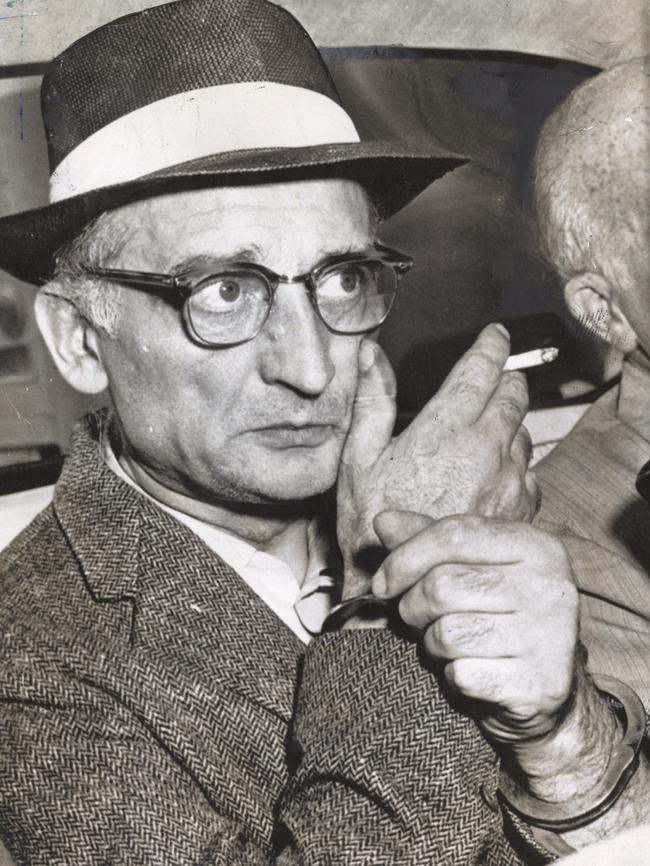
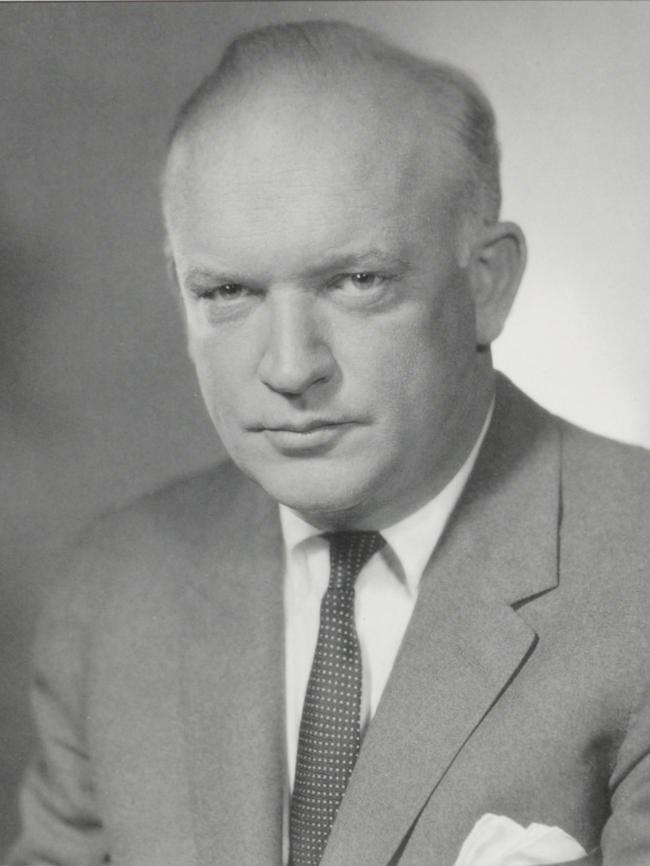
After American CIA U2 spy pilot Gary Powers was shot down over the Soviet Union in May 1960, Powers’ father Oliver used press reminders of Donovan’s spy-swap argument to pressure for an exchange.
CIA agent Milan Miskovsky explained the USSR had been enthusiastic about prompt release of Soviets held on espionage charges, but had not admitted Abel was a Soviet citizen.
“We turned to Donovan as a channel through which Moscow might ... work,” he said, knowing Donovan was corresponding with Abel’s wife, Helen. “When we finally got Helen’s letter describing ‘visits’ to the Soviet embassy in Berlin, we knew the Russians were ready,” Miskovsky noted. A small CIA task force liaised with the White House; Donovan agreed to act as executor.
In his book Strangers On A Bridge, Donovan explained he left in February 1962 on a secret trip to Berlin, telling family it was a London business trip. He met Abel’s wife, daughter Evelyn and “cousin” Herr Dreeves, later revealed as Abel’s KGB boss Yury Drozdov, at the East Berlin Soviet Embassy at noon on Saturday, February 3. He proposed a swap for 10pm on Wednesday at Glienicke Bridge.
Negotiating through the Abel’s lawyer Wolfgang Vogel and Soviet secretary Ivan Schischkin, Donovan also requested the release of American students detained as spies. Frederick Pryor was held by East Germany in East Berlin, where his father was negotiating through Vogel, while Marvin Makinen was held by Soviets in Kiev.
Initially agreeing, Schischkin then denied knowledge of the students and queried America’s attempt at a three-for-one trade. “One artist is always worth more than three mechanics,” Donovan retorted.
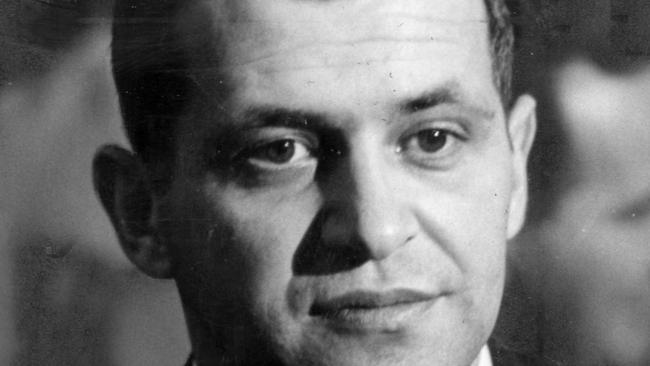
With Abel about to be put on a flight to Berlin, Schischkin agreed to a one-for-one exchange of Pryor for Abel. When Donovan threatened to leave without any exchange, Schischkin argued Makinen was a worthier exchange than Powers.
Exploding at the delay, Donovan insisted on an Abel for Powers swap, or talks would end. Schischkin eventually agreed to a simultaneous exchange of three people. Vogel would go with Pryor to Checkpoint Charlie. Once Pryor was in US territory, Americans at Glienicke would be informed by two-way radio.
At 8.30am on Saturday, February 10, 1962, Donovan waited with Schischkin at the Potsdam end of the bridge. Schischkin pressured for the Abel-Power exchange to proceed before confirmation of Pryor’s release. Donovan refused, waiting 15 minutes until he heard a cry from Americans at the Berlin end that Pryor was free.
At a signal from Donovan and Schischkin, Abel and Powers moved to the centre of the bridge, avoiding eye contact as they passed. Abel thanked Donovan for his efforts, then Donovan crossed to join the American delegation.
“Our plan worked,” Miskovsky wrote. “I doubt if anyone except Donovan could have carried it off so handsomely.”
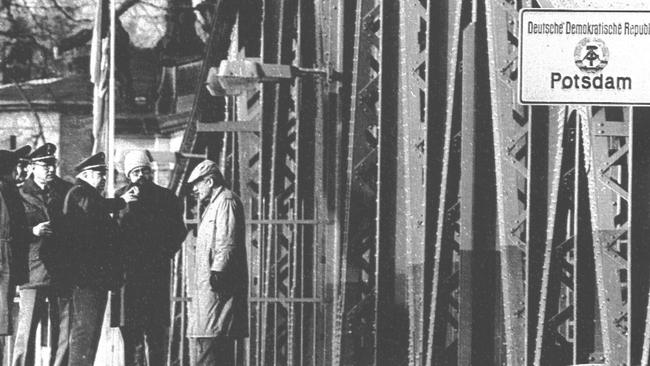
Originally published as Lawyer worked alone in East Berlin to free American student and pilot from Cold War snare


